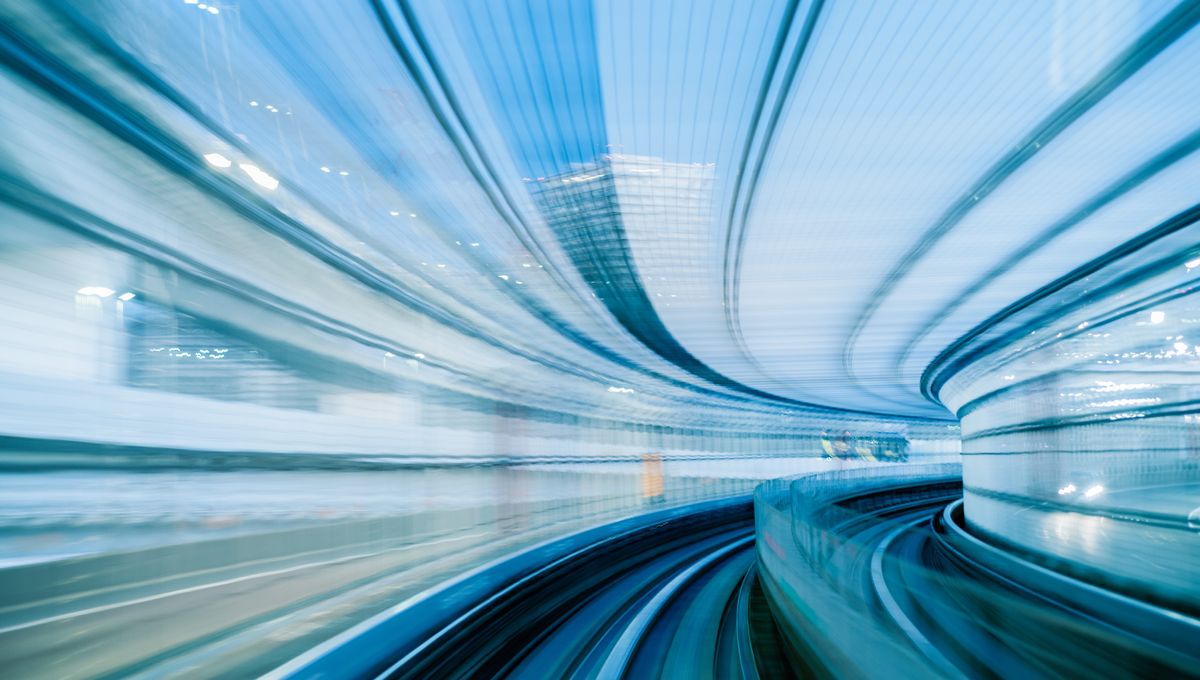
Japan has a problem – there aren’t enough truck drivers to meet demand. The solution? A stretch of highway connecting Tokyo and Osaka transformed into an automated cargo transport corridor that’s been dubbed a “conveyor belt road”.
The project is being spearheaded by the Ministry of Land, Infrastructure, Transport and Tourism (MLIT), with plans to build the three-lane corridor or “autoflow road” in the middle of an existing highway.
“We need to be innovative with the way we approach roads,” Yuri Endo, a senior deputy director at MLIT, told the Associated Press. “The key concept of the auto flow-road is to create dedicated spaces within the road network for logistics, utilizing a 24-hour automated and unmanned transportation system.”
But while the government has called the road a “conveyor belt”, that’s more of a vibes-based assessment related to its automated nature than a suggestion that it will literally work like a conveyor belt – a grocery store checkout this is not.
An animated video created by MLIT gives an idea of what the project might actually look like upon completion. It shows the three-lane road separated from the highway on either side of it by sitting within a tunnel structure. Within it can be seen the driverless vehicles planned to transport goods, which are pretty much just cargo boxes on wheels.
Government documents from the study group working on the project reveal that these boxes are planned to travel along the corridor at a speed of around 30 kilometers per hour (18.6 miles per hour). It’s not just their movement that will be automated either; the plans also suggest that the 1.8 by 1.1 by 1.1-meter (5.9 by 3.6 by 3.6 feet) cargo boxes will also be loaded and unloaded using automated machinery.
While the ultimate goal is to cover the entire route between Tokyo and Osaka, the first section of the corridor is intended to be a roughly 100-kilometer (62 miles) stretch covering areas near other major cities that see high levels of traffic congestion.
Tests of the system are planned as early as 2027 and, if all goes to plan, completion is expected to be sometime in the mid-2030s. At this point, it’s expected that the road will have the capacity to transport around 120,000 to 140,000 tons of cargo per day.
Though Endo told AP that a reduction in carbon emissions is also at play, one of the major driving forces behind the creation of the corridor is a lack of truck drivers. While an increase in delivery demands might play a role, Japan is also facing problems from recently introduced labor laws, as well as an aging population – something that’s happening elsewhere too.
Source Link: Japan Planning “Conveyor Belt Road” Connecting Tokyo And Osaka